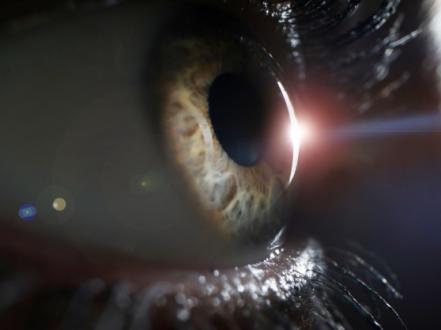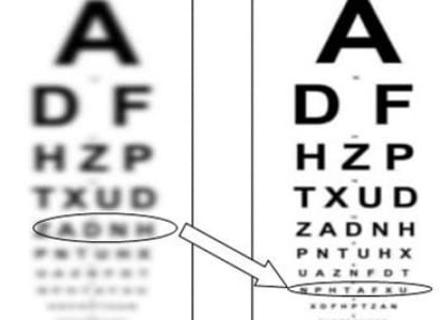How Outdoor Play Helps Prevent Myopia in Schoolchildren
According to the latest research data published in the journal Translational Vision Science & Technology, a 30-minute outdoor activity performed by schoolchildren aged 6-7 every school day during the school year temporarily reduced the risk of myopia in those children who at the start of the study had healthy eyes, i.e., were not yet affected by the development of myopia.
"Our study has shown an obvious link between more outdoor activity and a lower incidence of myopia in children," writes physician Yin Guo (MD), who works at the Tongren Eye Care Center in Beijing.
The study was conducted in Beijing, China and included 373 children aged 6-7. The observation was carried out for 4 years, from 2012 to 2016. Children underwent regular full ophthalmological examinations, including ultrasound.
The study was carried out in full accordance with the criteria of scientific objectivity, namely, children were divided into 2 groups: the one that performed various activities on the street (running, playing, etc.) and the control group, where children did not do anything similar.
Over the course of the year, the researchers found that children who were active on the street showed significantly less risk for myopia than the control group.
But later, 4 years after the end of the first phase of the study, children from the outdoor group showed the same statistical data on myopia development as the control group.
So, as Dr. Guo notes, our task now is to use this data to implement real steps that can reduce the risks of myopia development in primary school children.
Allowing children to spend more time outdoors is a scientifically proven factor that affects eye health and prevents myopia.






